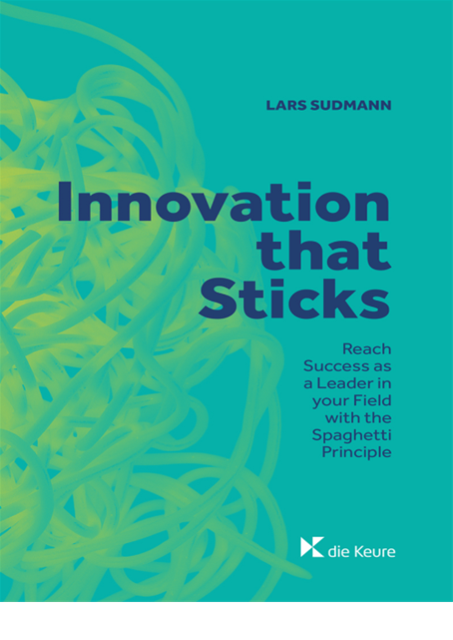Many leaders look for ways to improve themselves: To solve a difficult challenge, to discuss next steps in their career, to become a better people manager.
External coaching is of course an option and can have great results. Additionally, one can complement external coaching with self-coaching.
Here are three strategies for self-coaching I use for myself and recommend to clients:
1) Regular self-reflection
Sit down 2-5 minutes per day and write down how you will meet tomorrow’s challenges. This includes using the question that philosopher and emperor Marcus Aurelius asked himself: “I will encounter difficult people tomorrow, how will I react?” Thinking about this beforehand and briefly rehearsing the situation can be very beneficial. Additionally, you can give yourself a score, every day, on the question: “On a scale from 1-5, how good a leader have I been today?”
2) Daily reminders
After an off-site meeting or a training many leaders have the best intentions: „Now I will do everything differently“. And then the daily grind kicks back in, and all of the good intentions wither away. One strategy to tackle this is to write down 2-3 of the key things that one wants to change (for instance “I want to listen to my employees‘ input” or „I will spend 15 minutes per day on my knowledge management“) on a little card and then review it every morning. This takes one minute and it keeps the intention alive during the day.
3) The “Nespresso question”
Sometimes you need to push your thinking in order to really get to the bottom of a problem. However, we humans can only think through a problem so far in our mind. In order to peel the onion further I have made good experiences with the following process:
- Grab a friend/colleague/mentor
- Briefly describe the situation/problem. The other person should not say anything
- Let the other person ask you “ok, what could you do?” – and then answer
- After your answer, the other person should ask you 5 times the “Nespresso question”: Like George Clooney, the person should just ask: “What else?” “What else?”, „What else“,…
Typically, after the 2nd or 3rd “What else” we leave standard thinking and explore new avenues. No expertise is needed from the other person, the sheer presence helps us to dig deeper.
The most important thing is to get going, and to add self-coaching to your portfolio of strategies. Are there strategies that have worked for you? I’d love to hear from you.
Lars Sudmann is an expert on high-performance leadership in global corporations and is regularly featured on FastCompany, BBC and many more. He works with multinational organizations as change consultant, keynote speaker as well as executive coach. You can watch his TEDx talk here.
Image credit: Shutterstock.com.



